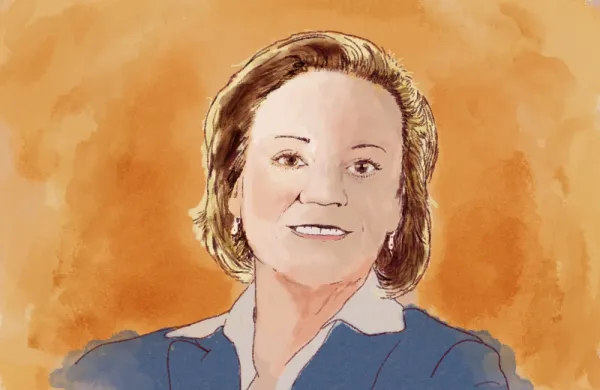Institutional investors are starting to lose interest in multistrategy funds that have been the hottest thing in hedge funds in recent years. Many of the multistrat funds are made up of so-called pod shops — independent portfolio managers or teams.
“A number of investors think that too much money has gone to them and that it's going to impact their returns going forward,” said Don Steinbrugge, founder of Agecroft Partners, a third-party marketing firm that surveyed some 2,500 institutional investors at a recent cap intro event regarding which strategies they were considering for investment. The survey found an 8 percent decline in interest in multistrats compared with last year.
Separately, a Goldman Sachs midyear report on the state of the hedge fund industry found that interest in multistrats had “waned” since the peak levels in 2022 and 2023, with only 15 percent of allocators saying they are increasing exposure to the funds. The report added that plans to decrease exposure to multstrats “have returned to a half-year high of 8 percent, leaving the net inflow of allocators into the space unchanged from the first half of the year.”
“Some people are concerned that some of these multistrat hedge funds are using a lot of leverage, that the same trades are owned across these platforms and there potentially could be systemic risk if all of them were selling the same positions at once,” Steinbrugge explained. “There could be significantly bigger drawdowns in these strategies than would appear based on their historical track record.”
Late last year, multistrat Citadel CEO Ken Griffin said at a Bloomberg forum that he was worried about “the correlation of holdings between the firms,” and that funds could lose up to 20 percent of their equity if they start to “liquidate risk,” but he did not think it would create a systemic risk to the system.
Multistrat pod shops Citadel and Millennium have ranked among the largest hedge funds in the world in recent years, propelled by their strong returns. This year Citadel’s Wellington fund was up 8.8 percent through July while Millennium gained 7.3 percent during the same period, according to an individual familiar with the results. Both firms declined to comment on the results.
One issue, according to Steinbrugge, is that the multistrategy funds “gained a huge amount of assets and a lot of their portfolio managers are capacity constrained. They're constantly trying to add new managers to manage more assets.”
Balyasny Asset Management, whose flagship fund was up 5.2 percent through July according to the individual who has seen the results, is one that has been hiring some big names. Balyasny declined to comment.
Another relatively new multistrat pod shop, London-based Eisler Capital, has indicated it was planning to hire as many as 25 new PMs this year. Bloomberg reported that fund fell into negative territory during the first half of this year, but a source close to the firm said it was flat through June. Eisler declined to comment.
Another sign of possible investor fatigue: Former Millennium executive Bobby Jain raised about $5.3 billion for his new fund, compared with what people in the industry said was expected to be an $8 billion to $10 billion launch. Only a handful of PMs started trading in July at Jain Capital, which ended its first month in negative territory, down 0.65 percent, according to an individual familiar with the results. Jain declined to comment.
Steinbrugge said some newer, smaller multistrats are getting into the market by adding external managers to run market-neutral strategies. “I like the concept of hiring the best outside managers and building diversified portfolios of these managers,” he said.
The most popular strategy among those surveyed at Agecroft’s recent cap intro event was long-short equity. Steinbrugge said 62 percent of the institutional investors who participated said they were interested in long-short equity, which was a gain of 1 percent from the previous year — and the highest of any strategy. The second most popular strategy was market neutral, which 60 percent of investors desired, up 16 percent from the year before.
“The S&P 500 is very expensive,” he said. Steinbrugge cited concerns that the markets are overvalued as a reason long-short and market-neutral strategies are in demand as they are viewed as a way to bring down net exposure. High interest rates also benefit market-neutral strategies “because they're getting returns on their short book,” he said.
Multistrategy funds are also market neutral, but Steinbrugge said investors are now preferring to invest in single manager market-neutral funds.







